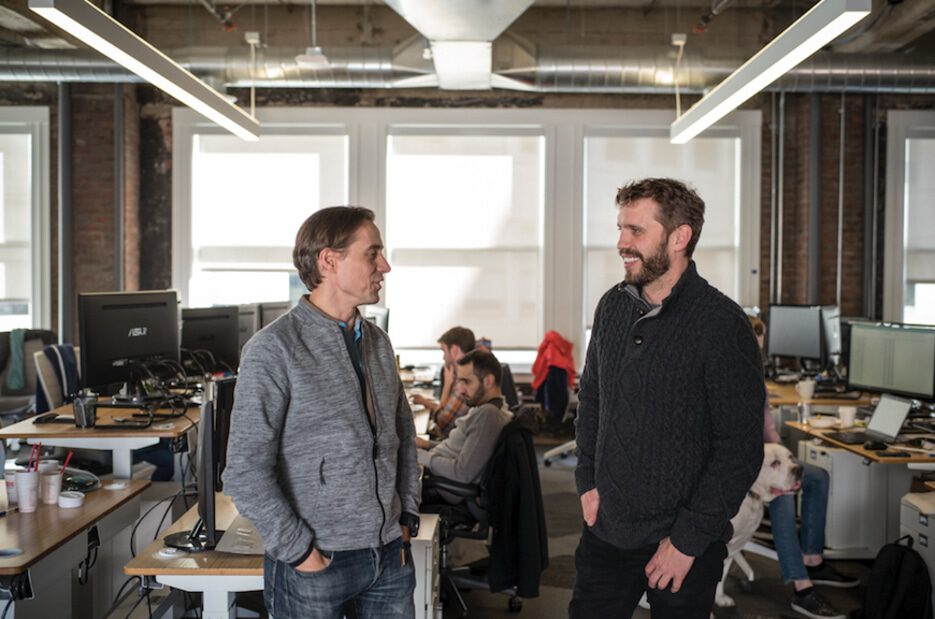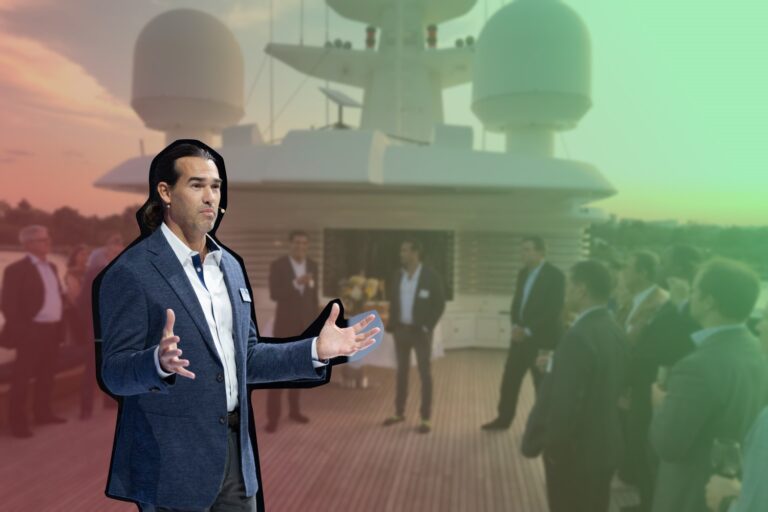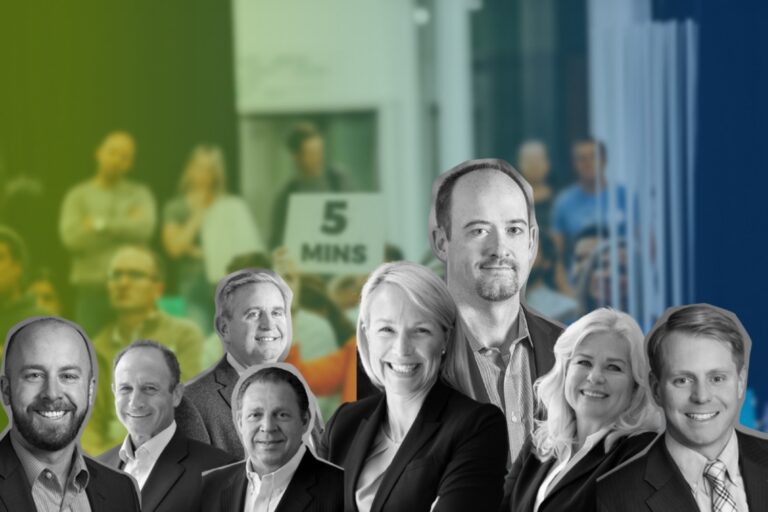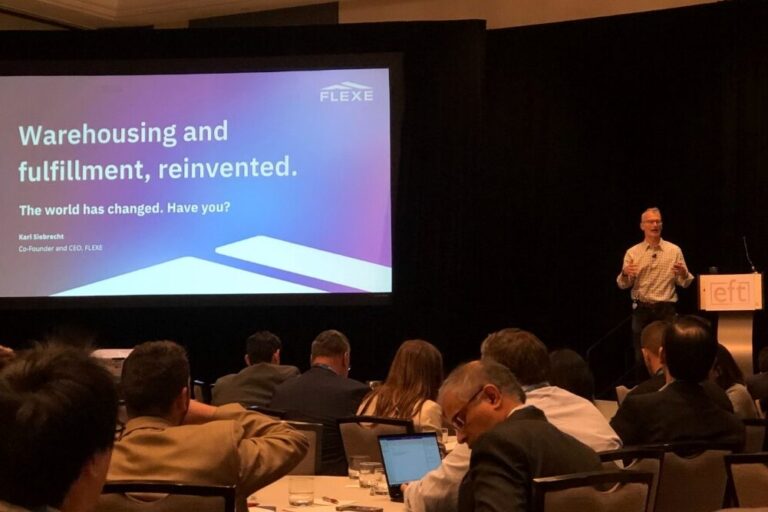Lessons Learned from the Grand Scheme Underlies Flexport’s Victory
Freight is a trillion-dollar industry, but it was reluctant to move with the speed of the 21st century when you still see long reliant on ledgers, email, and phone calls to communicate. For how ripe the space is for disruption, Flexport came into being and present a new generation of startups using technology to tackle the biggest issues in a complex global web of deliveries.
The company’s ocean, air, truck, and rail freight forwarding, and brokerage services move the playground – its shipping and customs management to where all business is moving today: the cloud. In brief, it’s data platform that can analyze cost, container efficiency and greenhouse gas emissions for their corporate clients. It uses automation and software that lets customers track and control their cargo.
In the past two years of 2019, 2020, Flexport’s founder and CEO Ryan Petersen has focused on questions like how much PPE (Personal Protective Equipment) could fit in passenger plane – as it credited to move tens of millions of masks around the worlds during COVID outbreak. However, back in 2013 his question was more fundamental ‘How am I going to fix global trade?’
Ryan Petersen on the Tragical Venture of Founding Flexport
While small packages that shipped through FedEx or UPS could easily be tracked on your smartphone, the $9 trillion global logistics business with gigantic freight forwarders ironically relying on antiquated systems, including faxes and phone calls to coordinate along the delivery chain.
But before you get to know how essential is the company’s solution, let’s look at what happened at the international shipping scene, who is Ryan Petersen and how did he come up with this solution?
Prior to the Launch: How Was the International Shipping Scene?
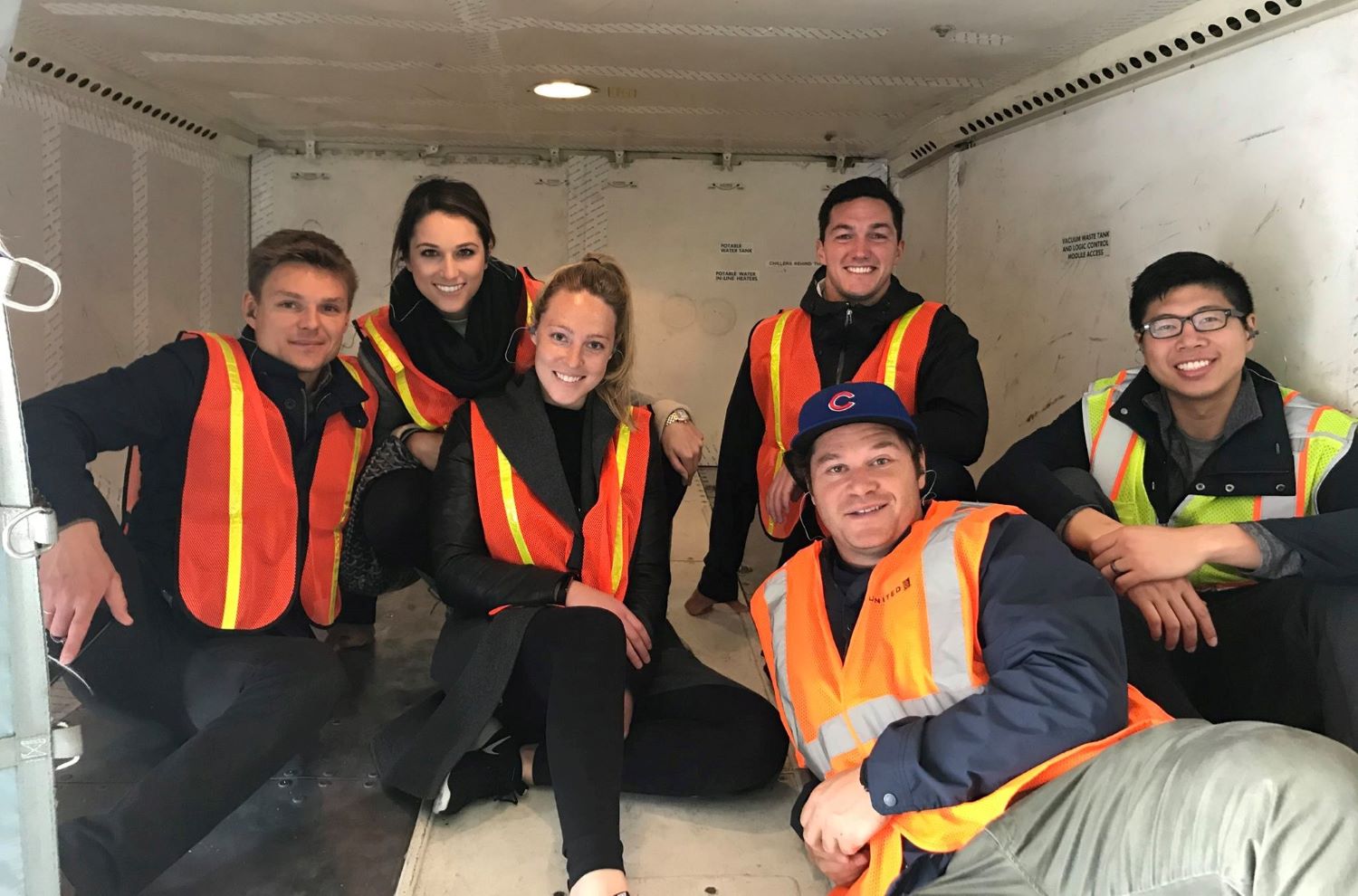
Back in the 90s, before founding a logistic tech, he was tagging along his entrepreneur brother, who was importing scooters, ATVs and bikes from China and selling them on eBay Motor in the US. Around 2005, the scooter business started to scale, and Petersen decided to fly over and spend two years in China, learning Chinese and managing the supply chain. At the time, freight forwarders were an important part of his business, and it was entirely troublesome to ship things internationally. “The fact that its inefficient and high friction is creating a back pressure that holds back almost every other industry trying to overcome that.”
To be specific this is how it works. Involved a complex chain of different companies with different functions. First, Petersen explains, the freight leaves a factory in China, gets picked up by a trucking company, it’s routed to a warehouse, loaded into a container where it’s combined with other people’s packages. Second, another company transports it to the port, where it clears customs. Third, the packages are stacked on a ship that is owned by yet another company and brought to the US – where the whole procedure happens all over again.
Even though, freight forwarders handle all that, there was not a built-in software that made it user-friendly, owners find a black box on tracking their packages. Customers like Petersen back then was a phone call away from the promise that his bikes will arrive at the date, till it not.
Including regulations and tariffs in some cases – despite of the tiresome nature of trade, which was the problem Petersen and his team set out to solve.
“It’s a high value service that we provide in delivering a lot of services around trade, and that’s freight transportation, customs compliance and brokers clearing goods across borders, cargo insurance,” the founder claims on an Invest Like the Best interview.
The Bridge in Between: The Pedestal That Is Necessary for Flexport to Be Born
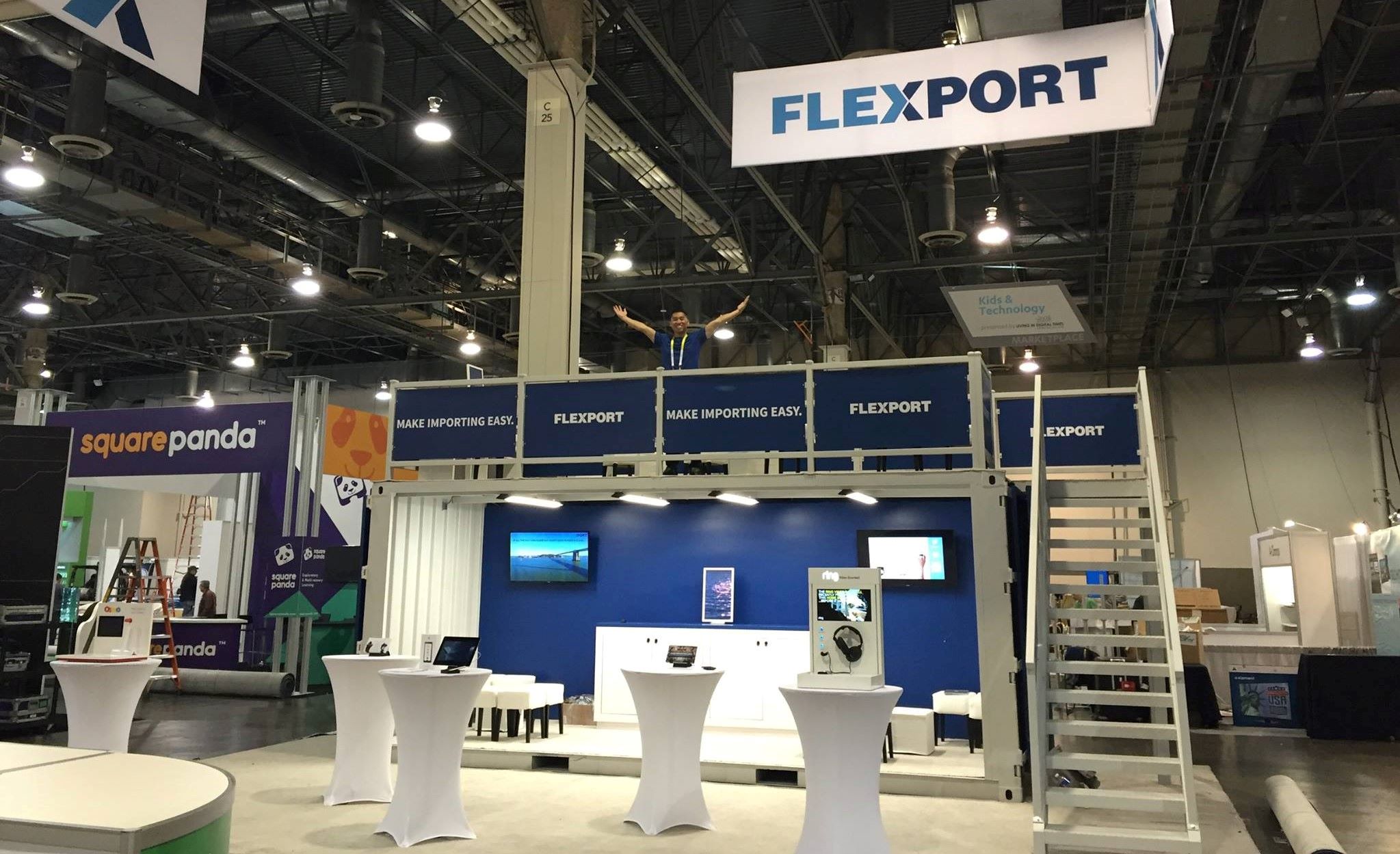
From a retail entrepreneur, Petersen, however, was patient for the long run. When he decided to stop importing and start Flexport, there was another company in between – a necessary pedestal for the bigger launch. It called ImportGenius – a company that collect and sell data about imports.
The founder explains, in the US, shipping manifests are a matter of public record. So, they took all the government data, organized it, and sold subscriptions to their data base for $200 a month. With this platform, he was aiming at importers, exporters who are researching factories anywhere in the world. “At one point, we aspired to be the Bloomberg of factory information,” Petersen claims. His ultimate market is freight forwarders, the company’s sales team uses it to identify companies that are importing freight.
Disclosing his data has generated around $9M in revenue, the founder says there was a funny story behind his startups when they once ran into Steve Jobs.
Bootstrapped the company by himself, Petersen says, it’s a myth that ‘if you build, they will come.’ It took him and the team over a year to get their first customers, and in the first silent year, they have to make best out of their data in any possible way. “So, I said, why don’t we try to generate news with our data?”
Around that time, the team discovered that Apple shipments were in the database, and they were importing a new product called ‘electric computers.’ He did a bunch of research and realized it must be a code name for something, then it was right before the launch of the second iPhone ever made, Petersen published a blog about it and sent it to Mac Rumors, who did the rest.
The founder recalls, there were more than a hundred articles about the event and his startup. Till one day, “I got a call from a gentleman at US Customs, who said Steve Jobs had called him and screamed at him,” Petersen recalls on a talk with Forbes. He and the team didn’t have any revenue before publishing that post.
The True Business Got Off the Ground
Because ImportGenius is built on public records, so if you are looking to the future, there will soon not much left to leverage. In 2011, the idea officially got off the ground, Petersen recalls. The first problem to deal with was compliance since shipping is heavily regulated. “We are licensed customs brokerage, we had to go through an FBI background check and hire a lot of legal and customs expertise.”
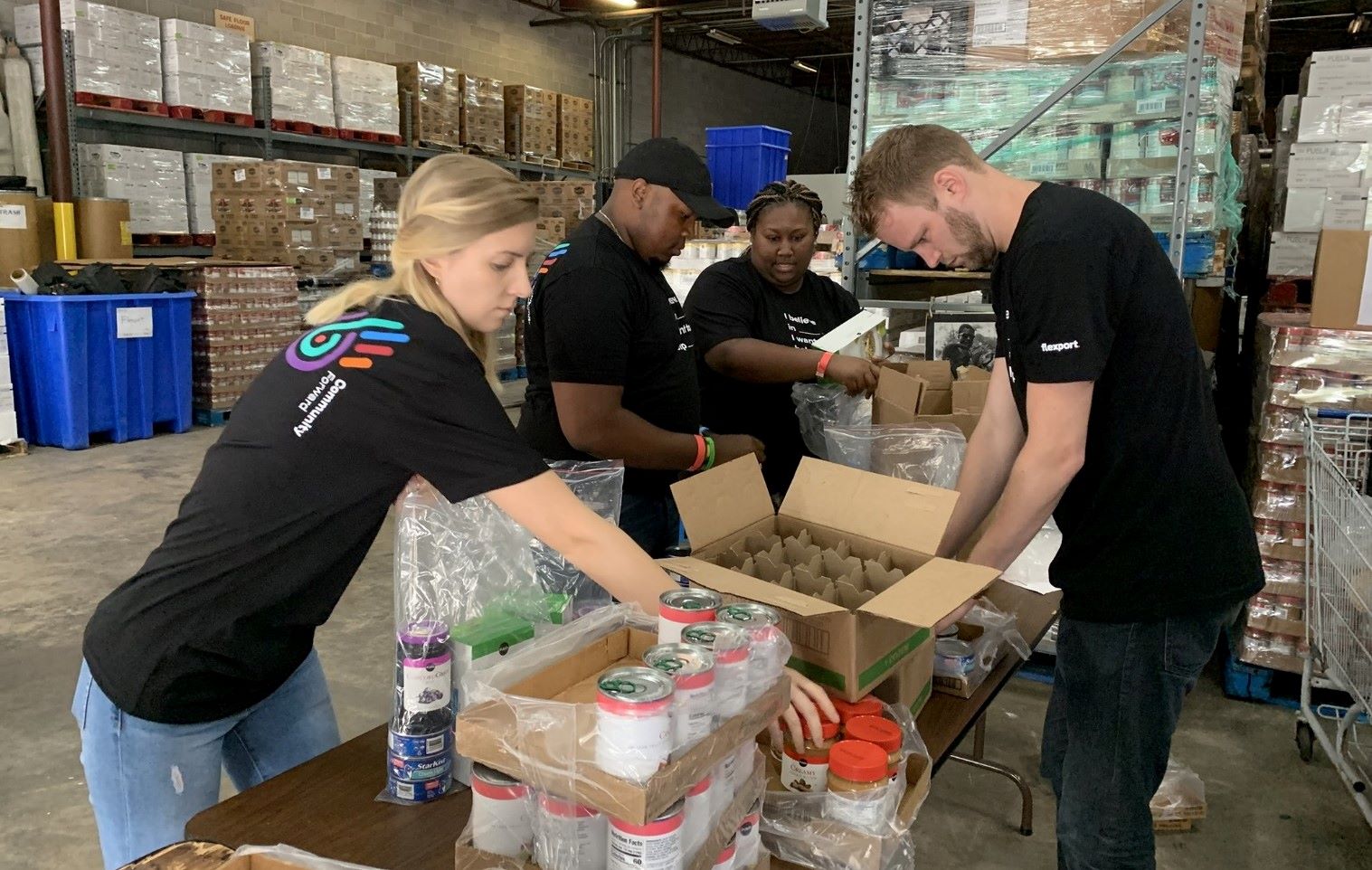
After that, he goes on picking up truckers and shippers to use in other parts of the world, including China. “It’s almost like speed dating or a meetup for freight companies,” the founder explains, you go to China or other countries, and you might meet 50 companies in three days for around a half hour and move on. Knowing it is a relationship business, however, as running tech startup Petersen claims that is a code word for ‘inefficiency’. And the only way out for the insufficient nature of relationship is a touch of technology.
There are, of course, competitors – strong players on the field. About that time, the company was competing around 25 freight forwarders who each do more than $1B in revenue a year.
“None of them was founded after Netscape. It’s very hard to change infrastructure once you’re in motion. But we still expect to be in a race.” Petersen knows his team can beat with technology, yet they still have to pace up their capability in the real world of how freight gets moved.
How This Whole System Can Be Profitable?
He discloses that shipping a 40-foot ocean container might cost $2K. “Our competition will make 25% of that, on average. The rest gets paid to the owners of the trucks and the ships. Flexport keeps only 15%.”
Fast forward, when the business started to take off, the company had plenty of exit options. Yet the founder says he was enjoying the ride, “You have a purpose. You get invited to interesting things. Once you sell your business, you’re just another rich guy. I never want to sell the business.” And that is when he has convinced SoftBank to invest an unexpected $1B into the company just early 2019.
“It was controversial with our board. They thought it was a lot of dilution to take on, but I convinced them that, this was going to go up and down and we wanted us to have cash to ride out the cycles. My view is that the world is uncertain. You should be prepared for all outcomes” Ryan explains. As long as it could weather the storm, “we’re going to win on some time horizon.”
Why Scaling Is Hard and the Problem That Never Goes Away?
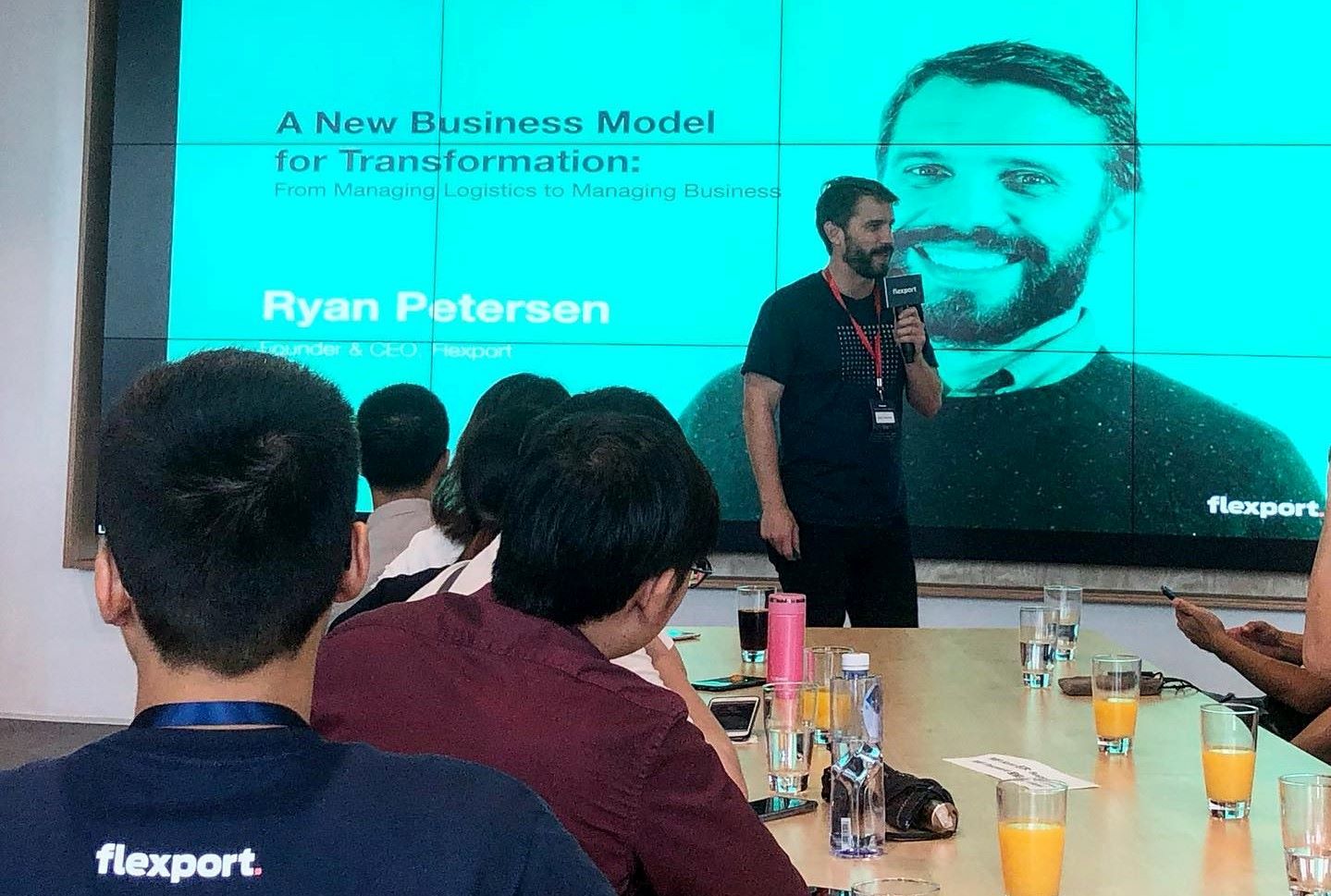
Mentioning scaling these are answers you need to address: How do you maintain the culture? How do you make sure people are aligned with the values? How do you make sure people know what to do? And that the customer’s not being forgotten in the process?
On a conversation with YCombinator, the founder recalls the challenge of scaling up to 1,000 people.
The company, he says, has an epic product market fit soon before it even launched, so they never had a problem with demand, but rather a problem fulfilling it. Candidates recognized it too and were coming by trolls to helps Petersen fills the bill. And as the heads are doubling in many roles, the problem of compliance emerges.
Freight business or trade is a very regulated industry, not all people running the firm are originated from the industry, “you have to have your people trained and educated thoroughly all the rules to make sure they have good checklists and processes to avoid ever breaking them.”
That’s the core challenges of the company and it never goes away, he says.
And most of all, is the complexity of the network – the business that they are building. How do you make sure that you can keep things simple with a thousand more people in it? Scaling was all about sorting out responsibility, who is allowed to make this decision, how do you keep people out of each other’s way, who will resolve conflicts in the company?
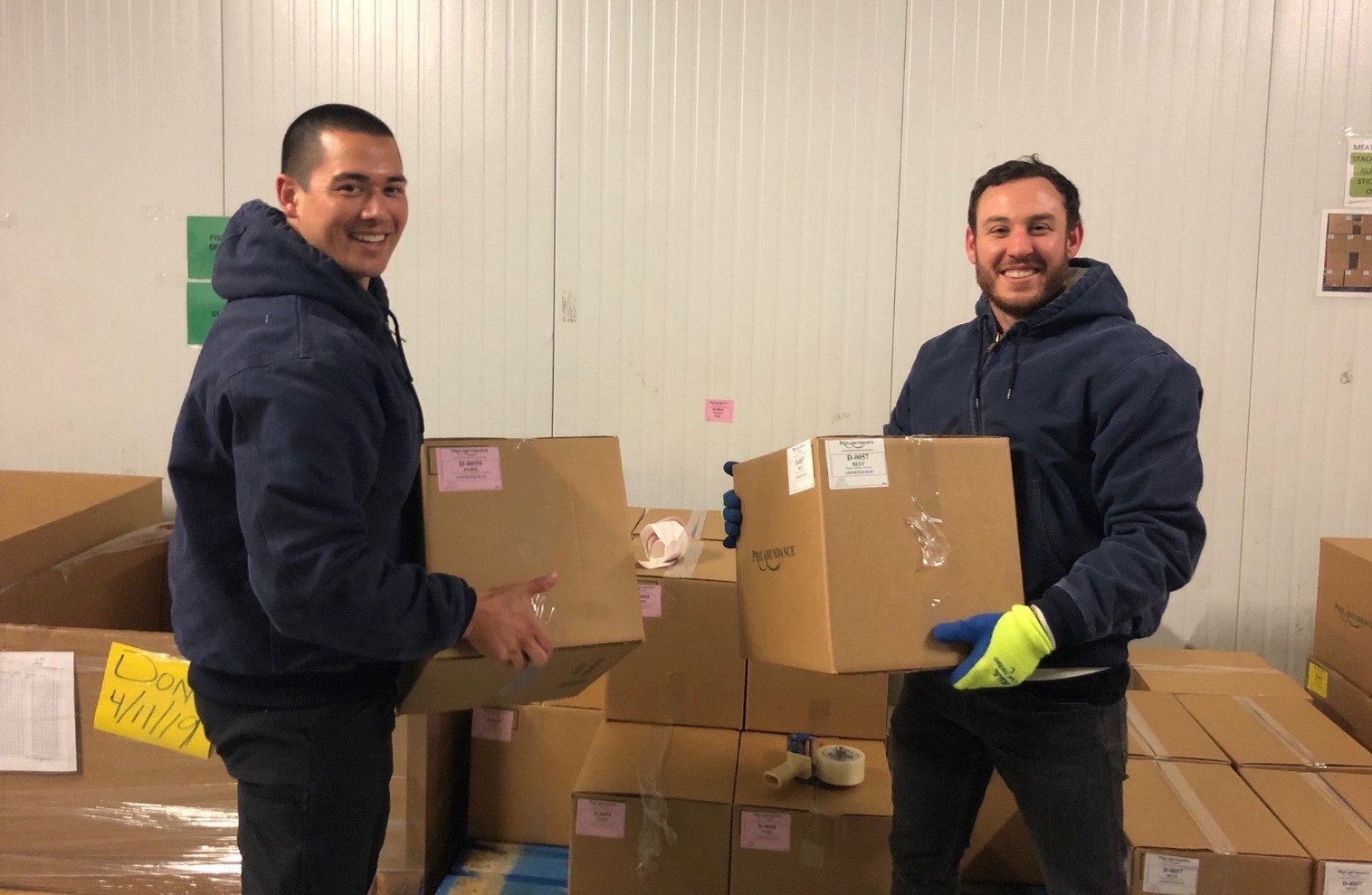
At this point, culture is the most essential element to glue every fragmented part together. “My definition of good culture is that you have engaging team members – who feel they are getting more out of their jobs than they are putting in,” Petersen insists, and it is hard to scale for a reason.
To shape a successful culture, there is no formulas or recipes but rather it’s done through conversations and great management. Founders and CEOs cannot just talk to all their 850 peoples, “that is where you need to fill in great managers with great management skills that can help facilitate up and down the chain.” To talk to people and pass the ethos around consistently!
“That is why culture is hard to scale, there more people you have the more equations you have to keep track of”
6 Questions to Revolve Your Culture around
There is a problem with seeing good ideas and ‘just do it’. Soon you will spread thin for handling too much, and it is vital to have some top-down discipline to say ‘no’ to things. That quest for discipline has led him to develop and lean on a major framework for preserving company culture. Especially, as of now when the company has grown into over 1,000 employees across 14 offices.
“My big learning in the last 18 months or so is that you can’t do everything. You can do anything you want, but you can’t do everything” Petersen outlines.
This framework ensures his company’s core values persists as it scales. Including the six questions:
- Why: Why do you exist? What’s your purpose, mission, vision, and impact?
- Who: Who do you hire and what values and behaviors do you look for?
- What: What are you focused on and what metrics do you use to measure success?
- How: How decisions are made and how improvement should start from the root of feedback loop?
- When: When should things get done and when should you ship your product?
- Where: Where does your people feel like they belong to and at which position can you be more inclusive and still be able to see the big picture?
It’s always easier when you have a core value to revolve around, starting from the beginning.
To execute on these, Petersen built a team close to him that just “makes sure our objectives and key results are clear, that we’re running inclusive meetings with good documentation, that we’re holding people accountable.” The method is heavily influenced by Amazon’s corporate style. Sometimes a touch of bureaucracy is quite important for a lean and neat culture!
What Have I Learned So Far as an Entrepreneur?
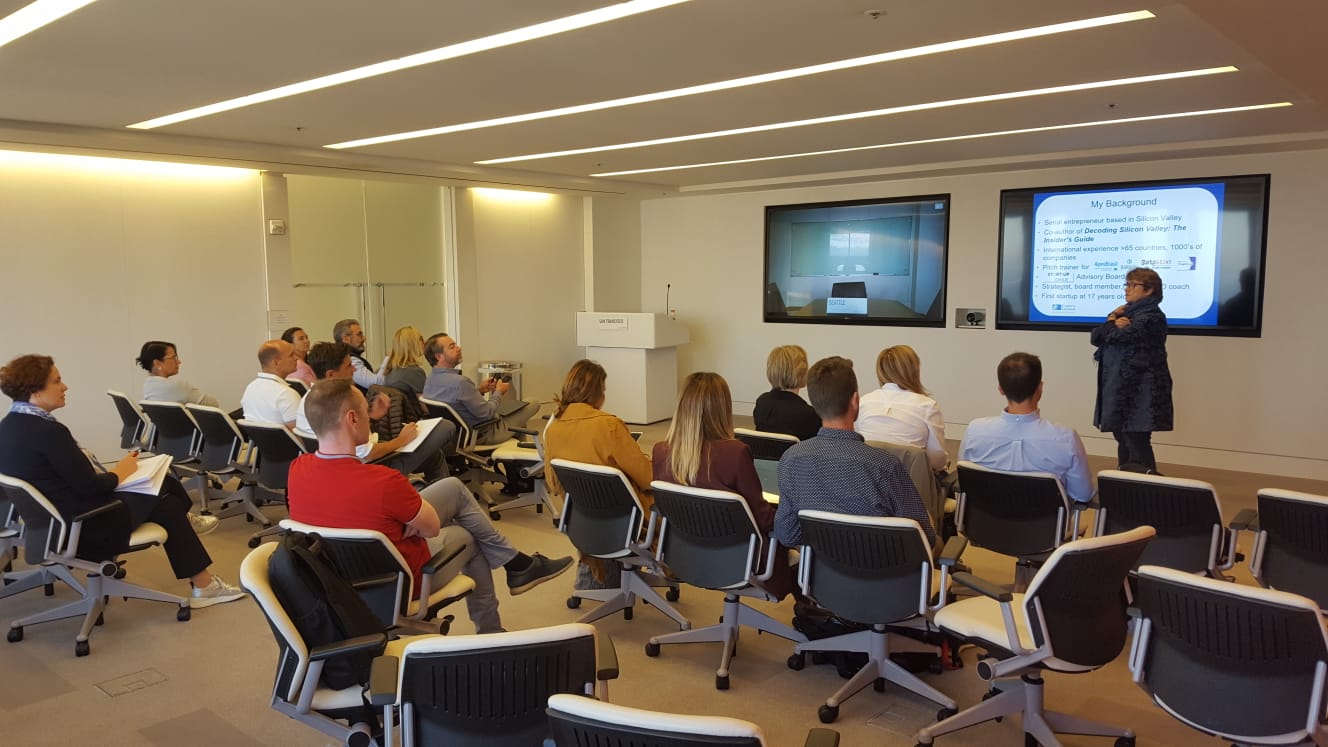
Said he did not know what the term ‘freight forwarder’ meant until a year into starting the business, considering his company was last valued at $3.2B, it seems even more surprise now. But it also hints at how responsive he is as a solo founder, about whatever the role requires at it evolves.
The founder talks on many lessons that he learned building the company.
Lesson #1: Be an expert in how your customer buys
Try to figure out if you are selling a product in a well-defined category with other direct competitors, if you are replacing an existing legacy system that companies already spend money on, or are you defining an entirely new category?
With his firm, Petersen was replacing an existing solution with a far more advance one, so it easy for him to target pain points customers have and were already searching for. Make sure you know how your customers buy and tailor your go to strategy as needed.
Lesson #2: Be conscious in list building
The founder’s previous data company was the one of a grand provider of business intelligence within the trading industry, which gave them access to an extremely valuable database into the market from customers to rivals and especially have better understanding of the international market.
To own data today is sort of a luxury. With a lean list, you will be allowed to hit harder and more precise.
Lesson #3: Be patient with pricing
Pricing is always evolving, Petersen believes. As his company started out by giving software away for free and charging for moving the freight, and as of today the magic casts the spell. While scaling and going up the market, the company finds bigger fishes who want to use the software to move giant volume. The company can contract directly with the ocean carriers, so, it starting to charge those companies a pure software fee.
Pricing is one of the trickiest topics for SaaS founders and is something that is always evolving as you continue to get a better understanding of your customers, the value your product drives for them and your own sale process. Therefore, make sure you are iterating and pushing the envelope on pricing, and it is aligned with your sales process.
Lesson #4: Measure customer NPS early and make it a key KPI for the business
Along with revenue and unit economics, Net Promoter Score (NPS) is one of the core metrics, Petersen uses to steer the business. Teams have been able to maintain an a high NPS since the early stage of the company, which has become an integral part of their culture and kept the focused.
Lesson #5: Your role as CEO will evolve during each stage of the business, embrace it
Ryan generally splits time between sales, recruiting, investor/public relations, culture and product vision but the time split between those is different at every phase of the company. Very early on its weighted towards product vision and sales. As you start scaling, that shifts to more of a focus on recruiting. I just spoke to a SaaS CEO this week that is at Series B, and he said he spends 50%+ of his time recruiting now.
Lesson #6: On the one big thing people get wrong about startups
There’s this notion that if you if you have a great product, everything else will just happen automatically. The truth is often that the great product comes later. First you come up with an idea, then you find the customers. The growth of the customer base can actually drive the product.
A lot of times people have that flipped on its head. They go from good idea to great product and think everything will fall into place. But you need a really good sales process early on. You have to identify customers who would benefit from your product. Once you have those customers and start growing, then you’ll get the permission from the world–whether it’s attracting talent or investors–to go and make the product what it should be.

